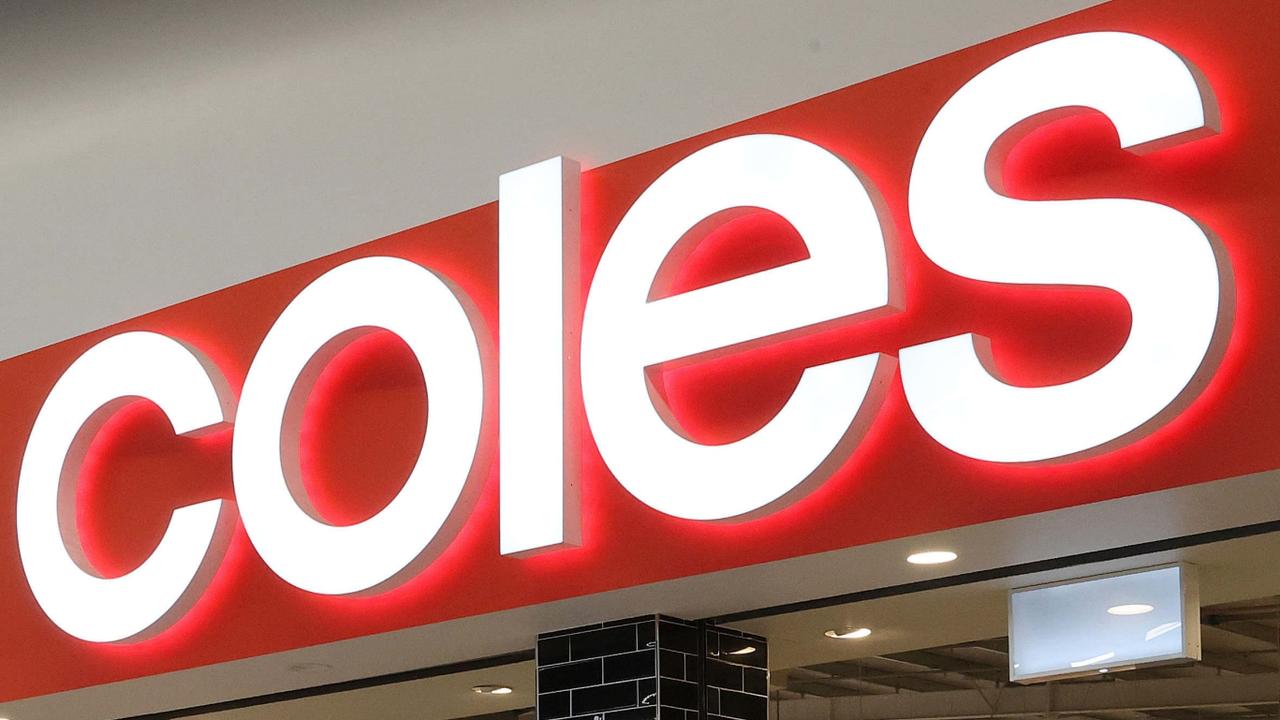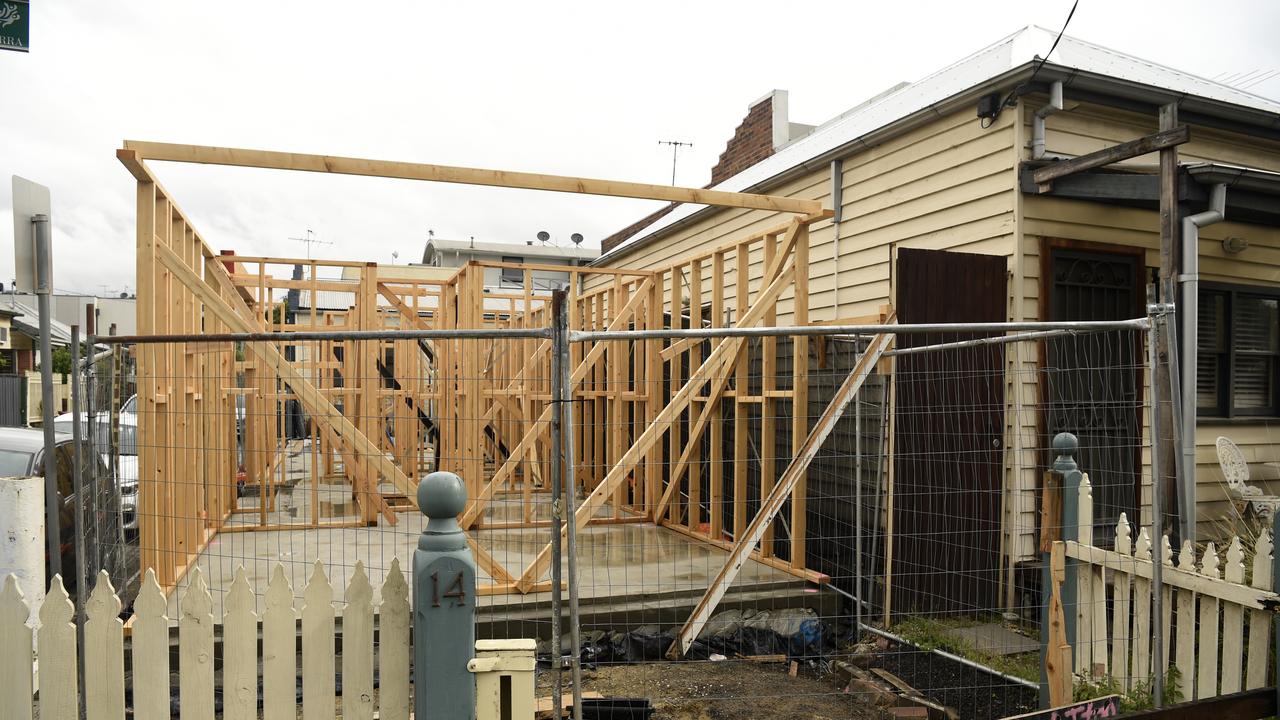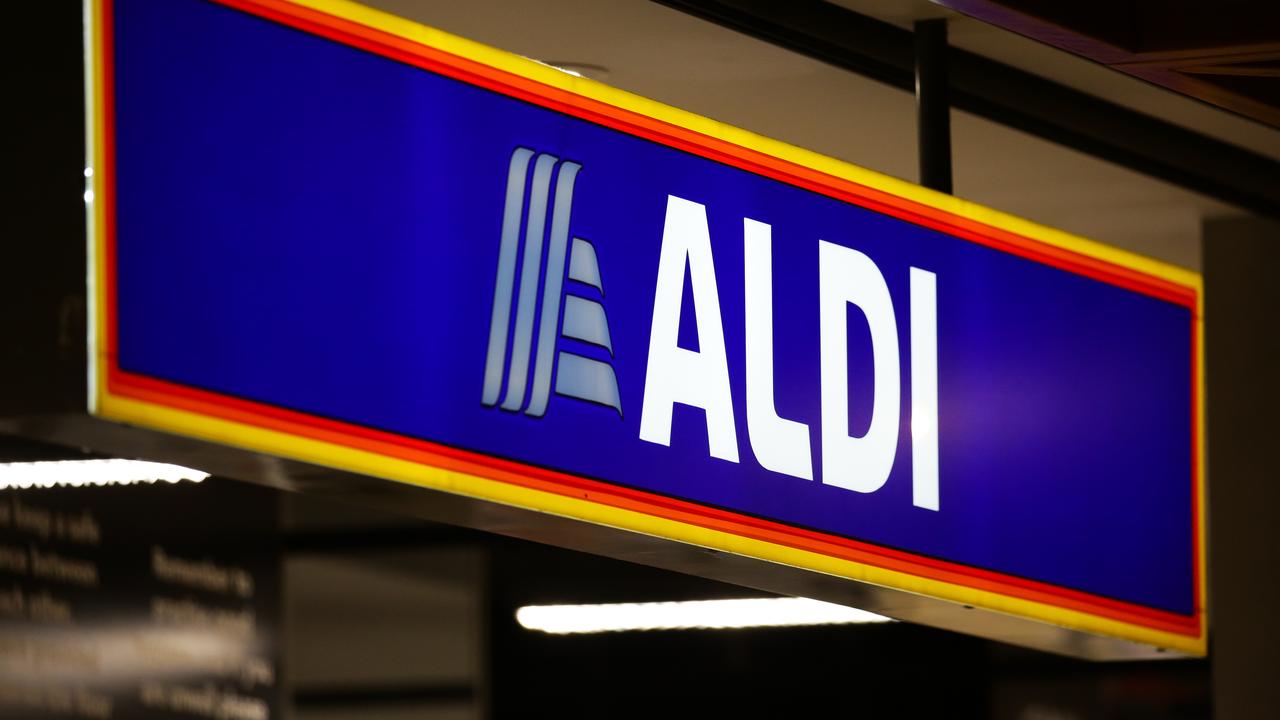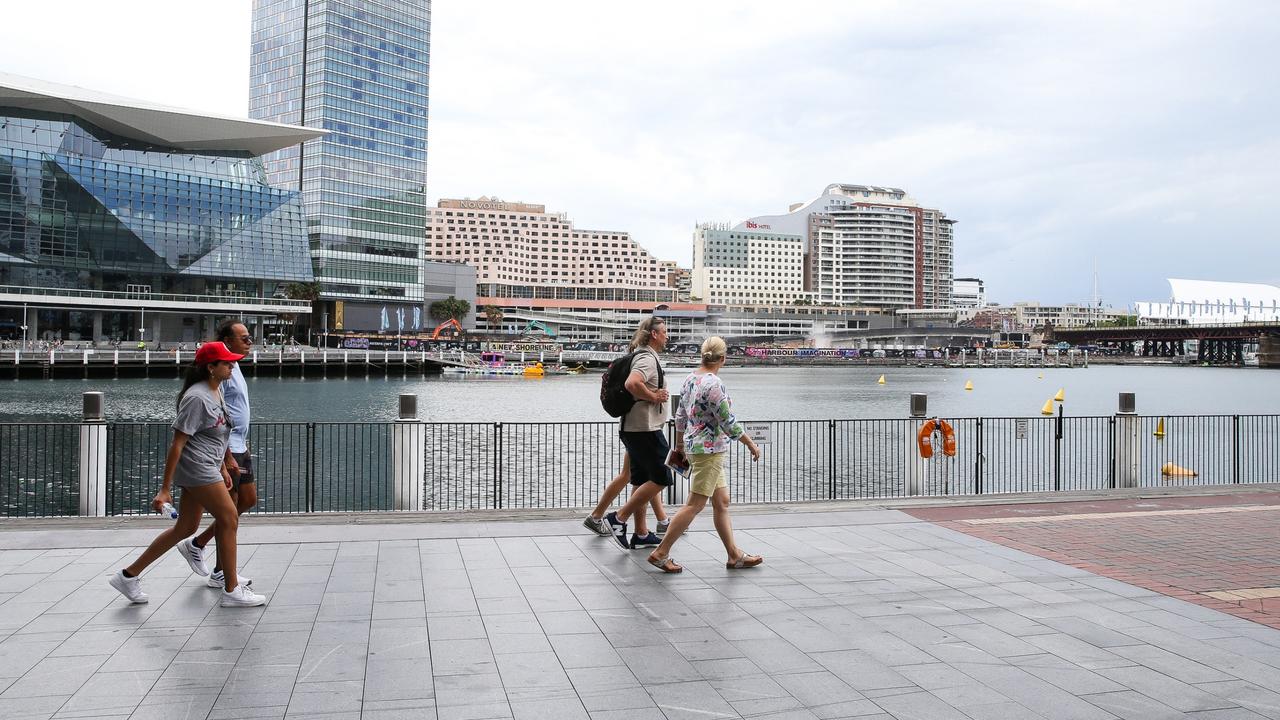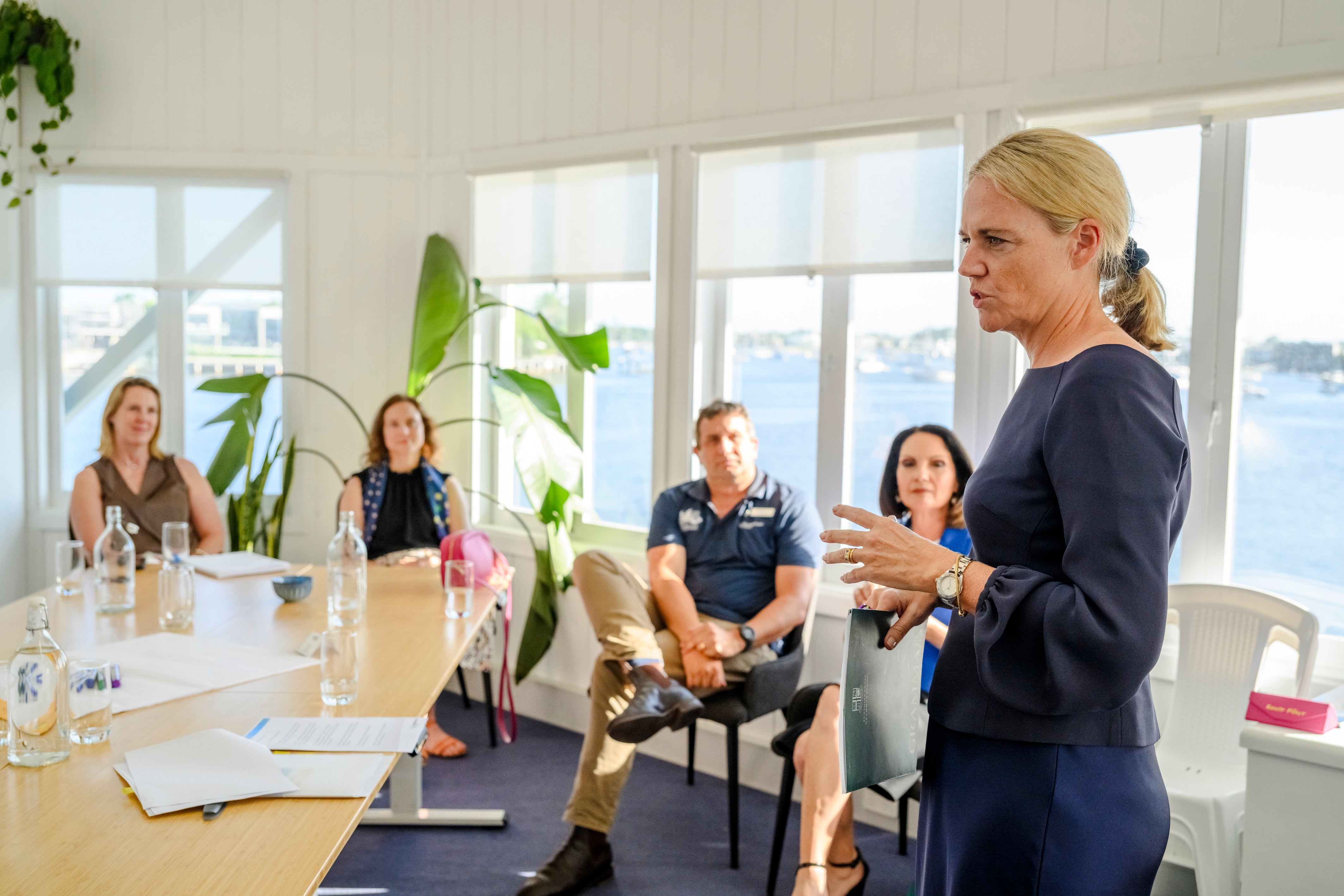Updated Mazda BT-50 Aims to Compete in Tough Ute Market
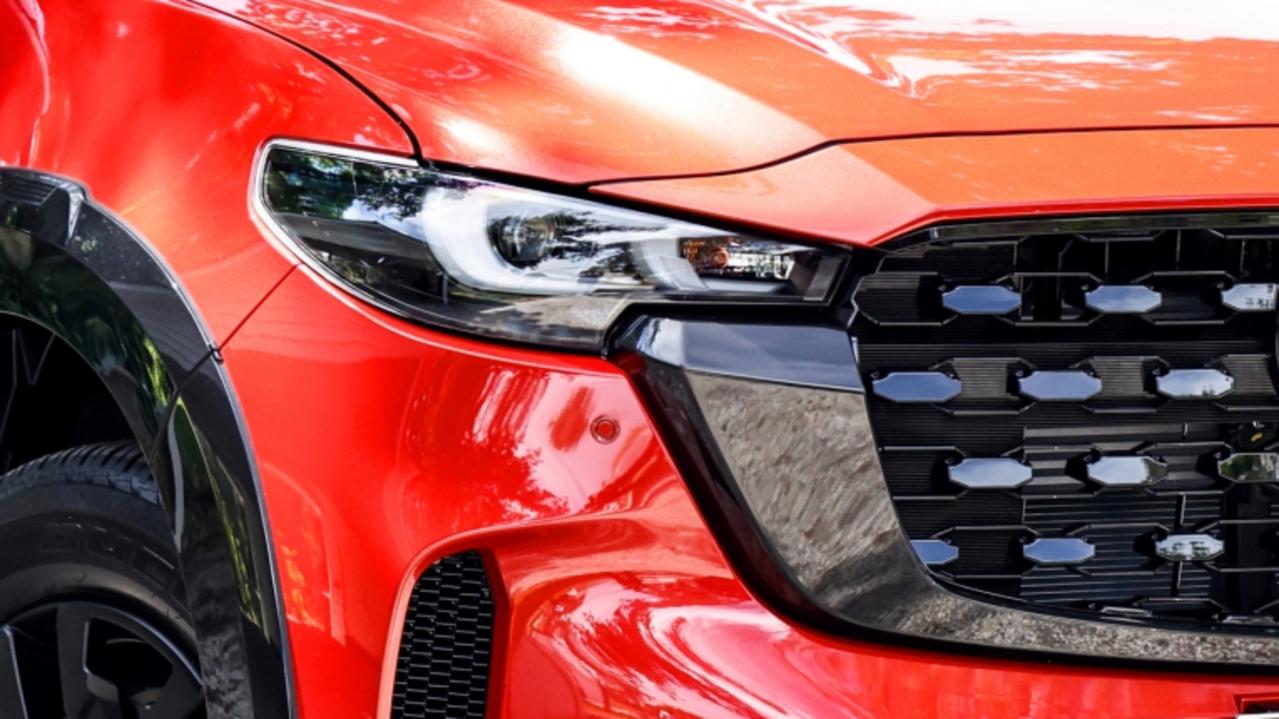
The refreshed Mazda BT-50 has strengthened its design and technology aimed at competing in the competitive ute market, forecasting potential record sales with a new rugged look and enhanced features.
The updated Mazda BT-50 has received a significant makeover as it seeks to re-establish itself in a rapidly evolving ute market.
As new contenders emerge and electrified options begin to provide alternatives to the diesel engines that have historically dominated the segment, Mazda has enhanced its workhorse's design to better compete with industry giants such as the Ford Ranger and Toyota Hilux, as well as newcomers like the BYD Shark 6 and the upcoming Kia Tasman.
The previous passenger car-inspired aesthetic of the BT-50 has been replaced by a more rugged appearance that Mazda believes will resonate with ute buyers who are open to considering options beyond the leading models, which together account for half of the approximately 250,000 annual ute sales.
“We wanted to create a design that would truly match the Australian landscape,” stated Eiji Kimoto, Mazda's chief designer, who also confirmed a new colour – Red Earth Metallic – inspired by the outback.
Further enhancements to the design and improvements to technology, including the reinstatement of dials instead of buttons for the audio system, have led Mazda Australia managing director Vinesh Bhindi to predict record sales for the refreshed model.
“Australians love their utes,” Bhindi remarked. “We haven't achieved full potential that we believe we can with BT-50. The ute segment may have stabilised in terms of the overall market, but we think we've got the opportunity to push harder.”
In recent years, Mazda has sold upwards of 15,000 BT-50s annually.
The manual gearbox option has been eliminated, which had dwindled to just 3 per cent of BT-50 sales, as it no longer made sense given the clear trend towards automatics, even within the workhorse category.
He expressed confidence that the model's longer market presence and extensive dealer network would be advantageous in this evolving segment.
“Ute buyers look for reputation, look for quality, look for durability, and the support mechanism from a dealer network and technical expertise, so we believe we can still grow our share,” he stated.
“With the updates not just to styling but also safety packs, infotainment, and our accessory range, we are in a solid position to push harder."
The new BT-50 is priced from 38990 AUD drive-away for an entry-level model featuring a less powerful 1.9-litre four-cylinder turbo diesel, steel wheels, and two-wheel drive.
Nonetheless, this model includes advanced driver assistance systems aimed at reducing the risk of accidents, as well as radar cruise control that can maintain distance from the vehicle in front.
The most affordable 4x4 version, an XT with alloy wheels and rear air vents, starts at 54990 AUD.
At the high end of the range, the BT-50 can reach a price of 67990 AUD for a model equipped with enhanced features, including a robust 3.0-litre four-cylinder turbo diesel.
Bhindi believes there is potential for increased sales, particularly with the SP model offering.
Additionally, customers can select from over 100 locally developed accessories, including bullbars, spotlights, and roof platforms, to personalise their vehicles.
